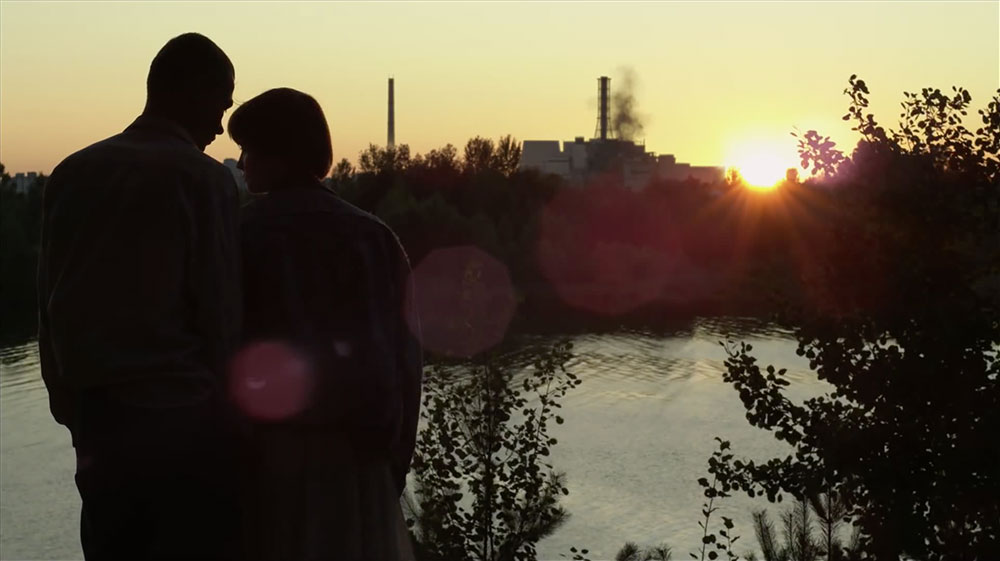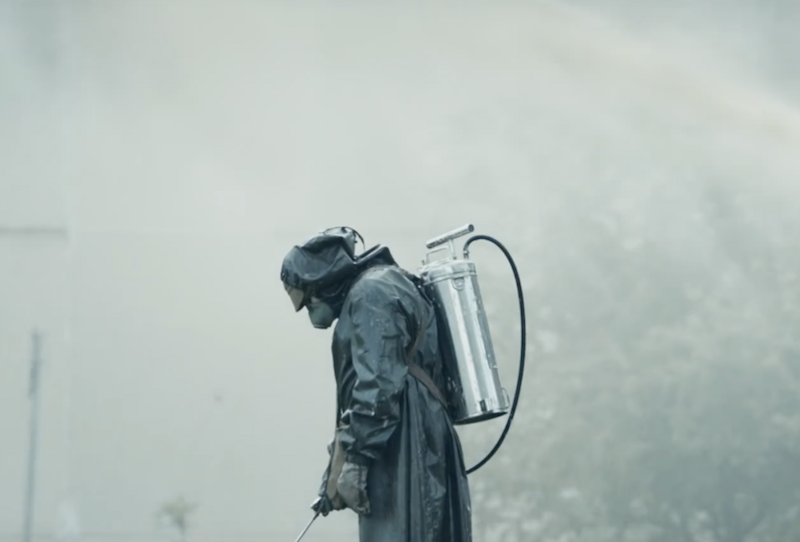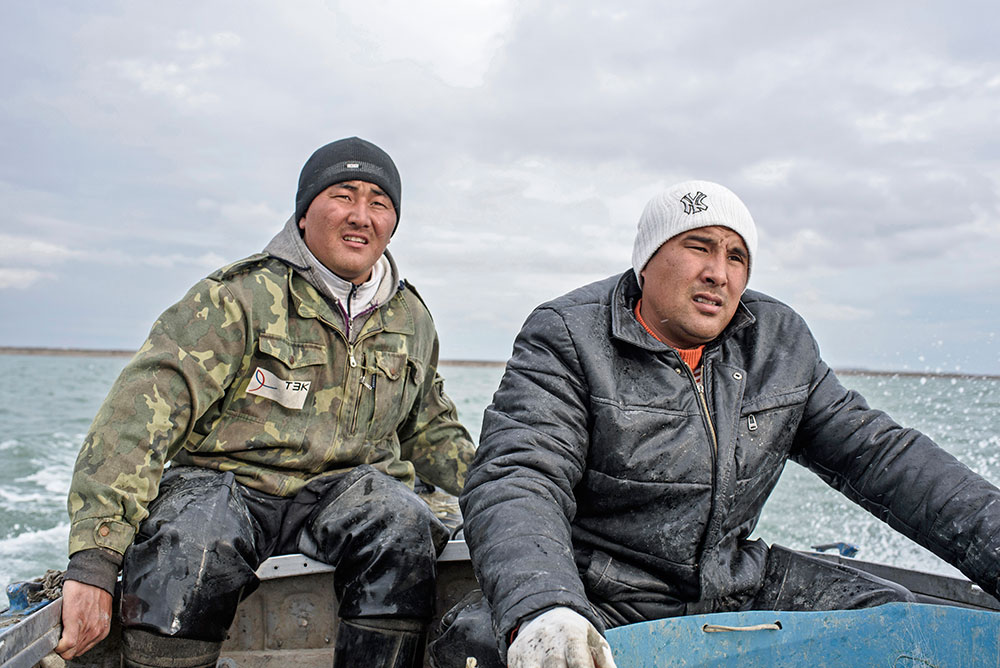Selfie sticks at the Aral Sea: another example of disaster tourism’s self-indulgence?
The Aral Sea was once the world’s fourth largest lake. In the 1960s, the Soviet government decided to divert the Amu Darya and Syr Darya rivers in order to develop the cotton industry in the surrounding desertous region. These changes had devastating consequences for the environment, shrinking the lake and wreaking havoc on its fishing industry. Now, six decades later, there is hardly anything left. Still, that hasn’t stopped people from visiting the barren site.
For one of the greatest man-made ecological disasters of the 20th century, the fate of the Aral is little-known. I, for one, wasn’t taught it at school here in the UK, even though climate change was high on the agenda at the time. I doubt many people in the West would be able to tell you that the Aral Sea lies between Kazakhstan and Uzbekistan, let alone what happened to it. Photography has played a vital role in raising awareness of the catastrophe.
Cameras in disaster areas are nothing new. Selfies, on the other hand, are something we’re still getting used to.
To add to Nasa’s startling satellite photographs, the Aral Sea has been visited by globe-trotting photographers such as Carolyn Drake, Claudine Doury, Nadav Kandar, and many others. Photographs of the dried-up basin are no longer hard to come by; shots of rusted fishing boats stranded in the desert may not be as recognisable as chipped Stalinist mosaics or abandoned sanatoria, but they are part of the same trend for the malaise of post-communist ruins. On The Calvert Journal in recent years, we’ve covered both the slow but triumphant revival of some of its fisheries and the arrival of Central Asia’s very own “Burning Man”, Stihia Festival. The latter took place at the Moynaq Ship Graveyard last September, pictured here months earlier by Timur Karpov.
Karpov, who lives in Tashkent, tells me how a disaster which ruined the landscape and locals’ livelihood has since become its main attraction. “Moynaq has become a really popular tourist destination. In this photo, a group of students from a nearby town are seen taking selfies against the backdrop of rusted ships on the bottom of the Aral Sea.”
“A lot of people want to see an ecological crisis,” Vadim Sokolov, head of the Uzbek branch of the International Fund for Saving the Aral Sea, told The Telegraph last year. The Aral Sea has become somewhat of a pilgrimage spot for around-the-world tours, as well as a destination for that more controversial travel trend: disaster tourism.
Cameras in disaster areas are nothing new. Selfies, on the other hand, are something we’re still getting used to. The same goes for meticulously-planned personal photo shoots, as we saw earlier this month, when this semi-naked “plandid” (the buzzword for a planned candid photo), taken in the town ravaged by the Chernobyl nuclear disaster, went viral. The deluge of comments and think pieces that followed all branded the Chernobyl photo shoot as insensitive and in poor taste. So where should we draw the boundaries with the Aral Sea?
It’s true that tourists aren’t flocking to Moynaq in the same numbers as they are pouring into Chernobyl. Karpov reveals that the Ship Graveyard is rarely this busy. Still, a quick scroll through the #aralsea hashtag on Instagram reveals more than one painfully cringeworthy selfie and influencer-style fashion shoot.
Social media and influencer-aspirations have made tourism into an ever greater spectacle. Arranging a photographer to follow you around your travels has become as normal as ordering extra leg-room on a flight. When this happens at sites of tragedy, however, we are suddenly confronted with the nature of our actions.
The difference, of course, is that there are more reasons to visit Aral Sea than to see the well-documented cemetery, which is only a small part of the vast territory. For one, you can swim in the waters that still exist, now split into two lakes. The larger Southern Aral Sea in Karakalpakstan, an autonomous republic in Uzbekistan, is meant to be as pleasant as the Dead Sea. You can visit canyons, mountains, or the Barsa-Kelmes Nature Reserve, a former island in the Aral Sea, home to kulans, gazelles, and other wildlife. In the Kazakh village of Akespe, you can wind down at the natural baths, and one thing is for sure — you won’t need to worry about radiation.


